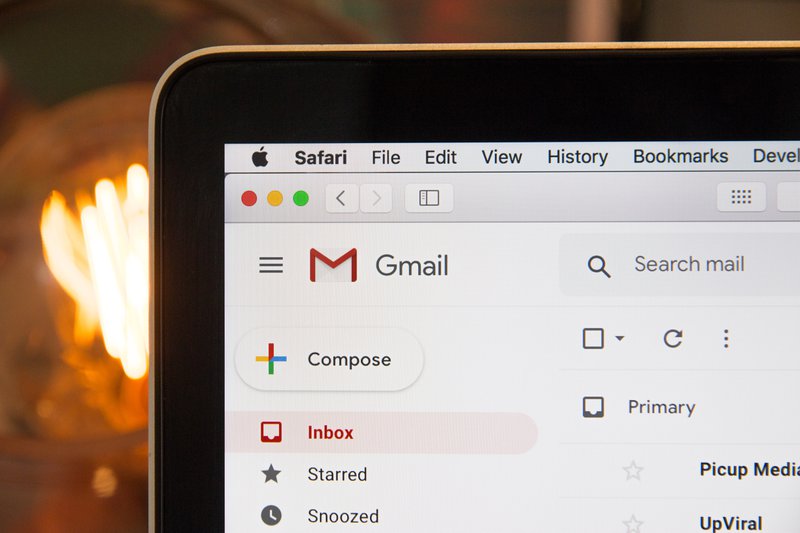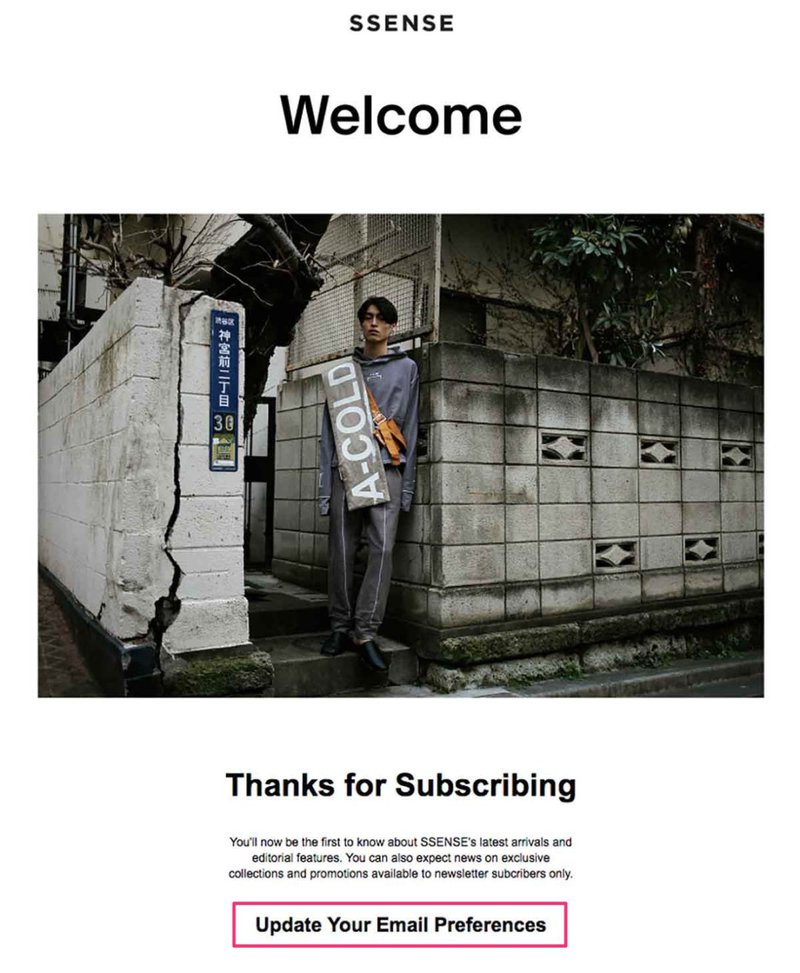Your subscriber list segmentation strategy doesn’t have to be complicated to make a difference. In fact, the simplest steps toward email segmentation can deliver big results.
It makes perfect sense.
Why do people engage with your email marketing?
Because there is something in your messages that is valuable to them. So, the more you tailor your emails to what you know about your subscribers, the more likely they are to find something valuable.

And that’s the essence of the subscriber list segmentation strategy!
But don’t just take our word for it. The figures speak for themselves:
- 77% of all email marketing ROI comes from segmented campaigns
- Segmented campaigns generate 14.31% more opens than unsegmented ones, 100.95% more clicks, and 9.37% fewer unsubscribes
- 56% of people unsubscribe from email lists when they believe the content is not relevant, and 51% unsubscribe when it is not what they expected
That last stat is important to note.
Blasting the same emails to your whole list can actually harm your marketing by causing unsubscribes
In this blog, we are going to show how you can get started with a subscriber list segmentation strategy.
- What You Need to Start Segmenting
- Plan Your Segments
- Refining Your Segments by Collecting Data
- Segments You Need to Use
1. What You Need to Start Segmenting
If you are already doing email marketing but NOT segmenting, don’t worry!
Because you can start moving to a segmented strategy at any time.
All you need is the capacity to relate email addresses to data, and then manage groups of email addresses based on data in common.
That data can be anything: for example, location, gender, interests, purchase history, engagement history, etc, etc.
Most email marketing software (including Get A Newsletter) enables you to segment your lists, but you COULD even do it in a spreadsheet if you had to.
2. Plan Your Segments
What are your customer’s pain points?
What does “conversion” mean to your business?
Which data points affect your customers’ conversion decisions?
These are the questions you need to answer in order to plan your subscriber list segmentation strategy.
What are you trying to get subscribers to do off the back of your emails? There may be more than one thing.
However many there are, these are your “conversion goals”.

Which of your subscribers hit the conversion goals more often than others? What do you know about them? What do they have in common?
Moreover, what do the subscribers that don’t convert have in common?
If you are just starting to segment, consider these factors:
- What data do you already know and record about subscribers?
- What data is available that you are not using, collecting, recording, etc that could help tailor messaging?
- Is there data that don’t you have which would be useful?
- If so, how can you get subscribers to give it to you?
For example:
- Your email list itself provides some data. Domains give clues as to organization type (eg .org, .com), location (eg .co.uk, .se), email client used (eg @gmail.com, @outlook.com)
- If you collect first names, you can segment by gender with reasonable accuracy
- Your email software can tell you who is opening your messages, who is clicking on them, etc. This helps you segment by engagement level
- It can also usually tell you what kind of device emails are being opened on. 55% of email opens worldwide are on mobile devices, and yet 49% of marketers don’t segment by device habits!
- The page through which subscribers sign up to your list is key data: if someone signs up from a purchase “thank you” page, a lead magnet download page, a blog page, etc then it tells you something about their reasons for engaging with you that you can use to tailor messaging
3. Refining Your Segments by Collecting Data
If you don’t have the data you need, then there are ways to get hold of it!
Process and Record Transactional Data
We’ve already mentioned some of these data points: purchase history, browsing history, engagement with emails, sign-up page, etc.
You can use this data to build up profiles of people who engage with you in different patterns.
Ask for the Rest!
Your signup forms are the best place for collecting essential data on new subscribers.
However, the more information you ask for, the less likely people are to complete the form. 81% of people report abandoning forms, which is huge.
So at Get A Newsletter, we use a minimalistic form:
Where else can you ask subscribers for data?
Welcome Email
This example from Ssense immediately asks new subscribers for information:

According to Experian, only 7% of email marketers explicitly ask customers for their preferences in order to tailor messaging! That’s a big subscriber list segmentation strategy oversight.
Quizzes and Surveys
If you can make a game out of it, people are surprisingly willing to tell you about themselves. And you don’t need to start from scratch – there are plenty of tools offering ready-to-use marketing survey templates. Simply embed one in your website or opt-in form.
4. Segments You Need to Use
The most effective segments for your business will depend on:
- Your conversion goals
- The data you can get hold of on your subscribers
- The accuracy with which you can map customer journeys based on needs
- Your ability to produce content that serves those needs
However, there are some groups that every subscriber list segmentation strategy should include:
Converted vs Non-Converted
Whatever your conversion goals are, you should treat those who have already met them differently from those who have not yet done so.
Engaged vs Not Engaged
If subscribers are interacting with your emails, they need to be nurtured.
If they are ignoring you, then you need to try and win them around again!
New vs Established Subscribers
It has been shown time and time again that onboarding new subscribers – at the bare minimum with a welcome email but ideally with a whole series – improves engagement over time.
Older subscribers don’t need the same level of attention.
Local vs Not Local
Geotargeting is very important. You can send emails at times of day when people in different time zones are likely to be active. You can tailor the language. And you can send special offers to people who will be near to offline events that you are running.
Abandonment
67% of online purchases are abandoned part-way through. You should always target abandoned carts!
Implement these five segments and you’ll almost certainly see an improvement in your email marketing performance!
Leave a Reply